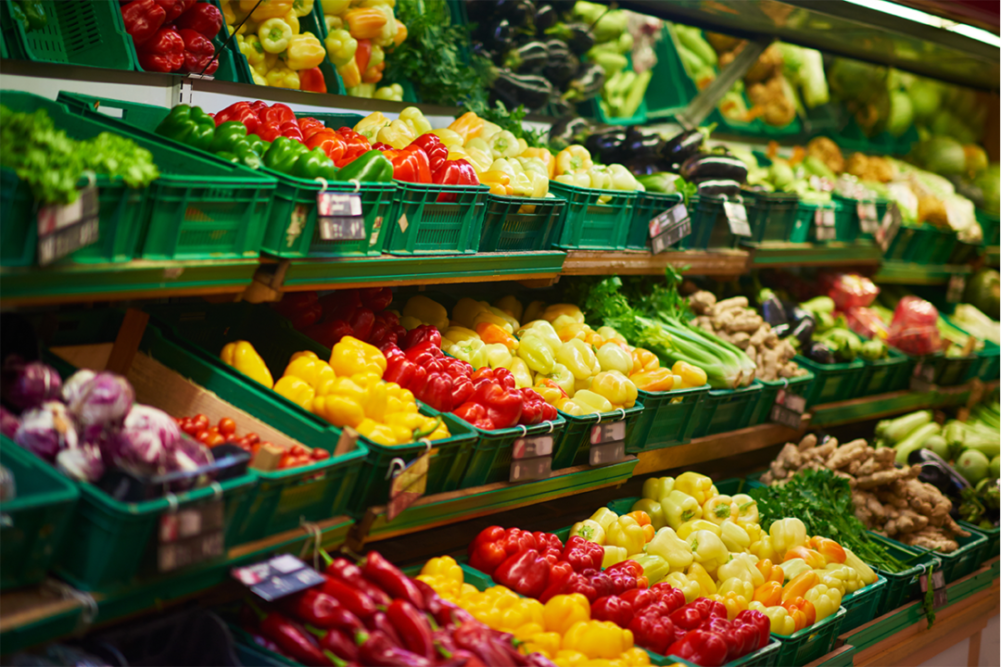WASHINGTON — COVID-19 has increased the amount of money needed for nutrition-specific interventions to hit global goals for childhood nutrition by more than $1 billion per year, said Meera Shekar, PhD, global lead for nutrition at the World Bank.
She led a study in 2017 that showed $7 billion, or about $10 per child, was needed annually for an affordable package of nutrition-specific interventions, including for anemia in women and breastfeeding. Now, an additional $1.2 billion is needed per year, according to a study involving Dr. Shekar that was published July 19, 2021, in Nature Food.
“This seems like a lot of money, but in global terms it really is not,” Dr. Shekar said Oct. 7 in a virtual event presented by the Washington-based International Food Information Council to celebrate the International Day of the Girl Child.
She said over $700 billion a year is spent on agricultural-related subsidies globally.
The study in Nature Food gave a moderate outlook of COVID-19 playing a role in an additional 168,000 deaths of children under age 5 by 2022. The optimistic outlook was an additional 47,000 deaths while the pessimistic outlook was an additional 283,000 deaths.
Supply chain disruptions are keeping food from reaching those in need. Dr. Shekar said she saw the news about ships waiting outside ports in California because of supply chain bottlenecks.
“We’ve seen that across the world, huge disruptions in supply chains,” she said.
The disruptions lead to food waste.
“A lot of the food is perishable,” Dr. Shekar said. “Especially healthier foods are much more perishable. That means what we’ve seen is the cost of fruits and vegetables has gone up much more than other foods.”
Consumers then turn to less expensive — and less nutritious — food, which means the number of overweight and obese consumers could increase.
About 2 billion adults are overweight or obese globally, Dr. Shekar said. While some may associate obesity with the rich, it affects poor people as well, she said. More than 70% of the overweight or obese globally come from low-income or middle-income countries, according to a study that Dr. Shekar was involved in and was published Aug. 26, 2020, in Obesity Reviews. Almost all low-income and middle-income countries have problems both with consumers being overweight and consumers not having enough nutritious food to eat, she said.
“And sometimes in the same household, which seems surprising, but it is in fact true,” she said.
Still, Dr. Shekar said she remains optimistic on overcoming the problems related to COVID-19.
“One of the amazing things we’ve seen across the world is how adaptable we are as human beings,” she said, mentioning the IFIC virtual event as one example.
“When service delivery got disrupted initially across the world, people came up with alternative ways of delivering these services,” Dr. Shekar said. “Every country adapted to the context that they were in. I’ve seen many, many countries where health workers use technology to convey health nutrition messages, to collect data without actually going out there and exposing themselves to the virus. So there are lots and lots of opportunities that we’ve seen on the positive side.”

